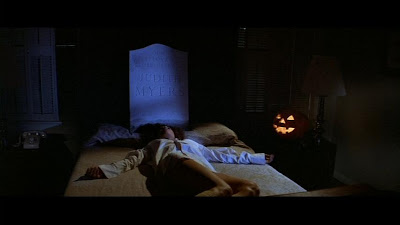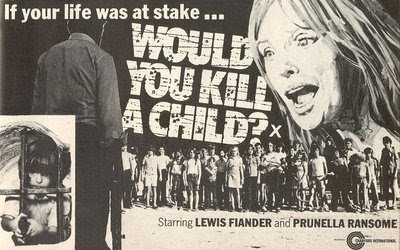 Around Halloween time, the classic monsters always get lots of love - as it should be. Good luck finding a horror movie marathon that doesn't feature Dracula, Frankenstein's Monster, The Wolfman, The Mummy, or newer boogeymen like Michael Myers and Jason Voorhees. But what about the monsters of Midian?
Around Halloween time, the classic monsters always get lots of love - as it should be. Good luck finding a horror movie marathon that doesn't feature Dracula, Frankenstein's Monster, The Wolfman, The Mummy, or newer boogeymen like Michael Myers and Jason Voorhees. But what about the monsters of Midian?Based on his novella, Cabal, Nightbreed was Clive Barker's second film as writer/director after his impressive debut with 1987's Hellraiser. Given the quality of Hellraiser, anticipation was high for Nightbreed, a film that was promised by Barker to be the "Star Wars of horror films," and the start of a planned trilogy. Unfortunately, whether it was a case of Barker's ambition not matching his talent this time around or whether heavy interference from the execs at Morgan Creek derailed his plans (or whether a combination of both is to blame), Nightbreed was greeted derisively as being more Howard the Duck than Star Wars when it came to theaters in 1990.
After all the build-up, the movie was a crushing disappointment. It opens wonderfully with the title scrolling slowly across the screen, containing fleeting glimpses of the film's menagerie of monsters. After that, it was pretty much all downhill, save for its astonishing array of night creatures. It's true that Morgan Creek badly fumbled the marketing for the film (making it look like a slasher pic and recycling the posters for 1988's Bad Dreams) but it has to be said that the film itself has issues. Some of those issues might've been minimized had the original, longer cut of the film seen the light of day or maybe not (hopefully one day fans will get a chance to judge that longer cut for themselves) but as is, Nightbreed is a frustrating film - bursting with imagery and ideas but dramatically unsatisfying.
Despite all its faults, though, I can't help but hold some affection for Nightbreed. When it first came to VHS, distributor Media Home Entertainment graciously allowed Barker to deliver an intro to the film (embedded below) that is endearing in its sincerity. The horror genre is filled with hacks looking to make a quick buck but Barker is a true believer, out to preach the gospel. You'd never see the directors behind movies like the Nightmare on Elm Street remake or Piranha 3-D making such an earnest, heartfelt plea on behalf of their films as Barker does here ("I hope the Breed will remain with you, as they remain with me."). It makes you want to give the guy a hug or something.
Sadly, Nightbreed isn't the classic that fans had initially hoped it would be. In fact, it just isn't very good. But a movie with this many monsters (and David Cronenberg as a killer in a button-eyed, zipper-mouthed mask) shouldn't be forgotten. Especially not on Halloween.
















































